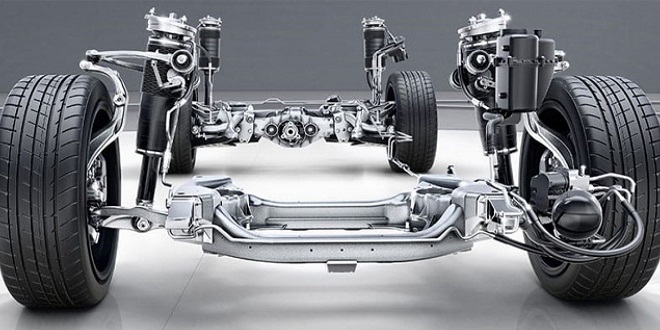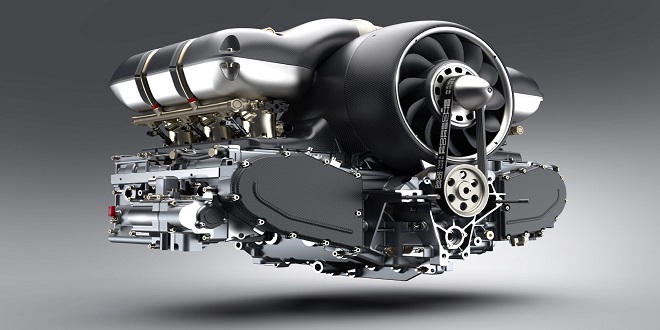The four-cycle Engine

Before we start adding parts to make up these various engines, let us see what happens to the ones we already have during the actual running of an engine. They obviously must do the same things over and over again, so all we have to do is follow them through one series of events until they begin to repeat themselves and we know what they will be doing from then on. This one series of events we call a cycle.
Most engines today are what we call four-cycle engines. (There are important exceptions, but we will leave those until later.) What we really mean is a four-stroke cycle, but the American habit of abbreviating has eliminated the middle word, at least in ordinary conversation. It makes more sense when it is included, however, as it means that there are four strokes of the piston, two up and two down, to each cycle. Then it starts over again on another cycle of the same four strokes.
The whole chamber of gas does not burn instantaneously. The flame spreads from the spark plug, moving across the combustion chamber as a fire moves across a dry meadow on a windy day. It takes about 1/350 of a second to complete this flame travel in an average automobile cylinder.
But if we raise the compression too much, we do not get this smooth, orderly combustion. The mixture has been heated up by squeezing it so hard, and parts of the metal combustion chamber may be very hot. Before the flame has completed its travel across the chamber, the remaining unburned mixture on the far side may get so hot that it will ignite by itself and burn all at once. This creates a sudden and very uneven rise in pressure which causes the knock.
If the compression is too high, we may have more trouble. We may get pre-ignition. This means that the mixture gets so hot from compression that it starts burning before the spark occurs. We might say it is using the Diesel ignition system. But the trouble is it does not do it at the proper time. It starts burning too soon and may cause considerable trouble because the piston is still moving upward and is not yet ready to begin the power stroke.
That is why, in the Diesel engine, we cannot mix the air and fuel outside the cylinder. We would have no control over the time of ignition. It would start burning much too soon. We must wait until the moment we want it to start burning, and then inject the fuel into the compressed air
We have discussed air, fuel, and ignition in general terms. We have pointed out that they are present in all engines and tried to explain some of the reasons they are so necessary. This is stressed because here we have the basis for all internal combustion engines. And consequently the basis for our airplanes, our automobiles, and hundreds of other items depend on power.
Last word
In the rest of this booklet, we will deal more specifically with the various types of engines in common use. We have already pointed out some differences in the way these three fundamentals are applied. As we go along we will find out that there are other differences. But we will also see that our original premise holds well these three are the things to look out for. Whether we are designing an engine, operating an engine, “trouble-shooting,” or repairing an engine, we can do no better than keep it constantly in front of our mind’s eye, in large letters.





